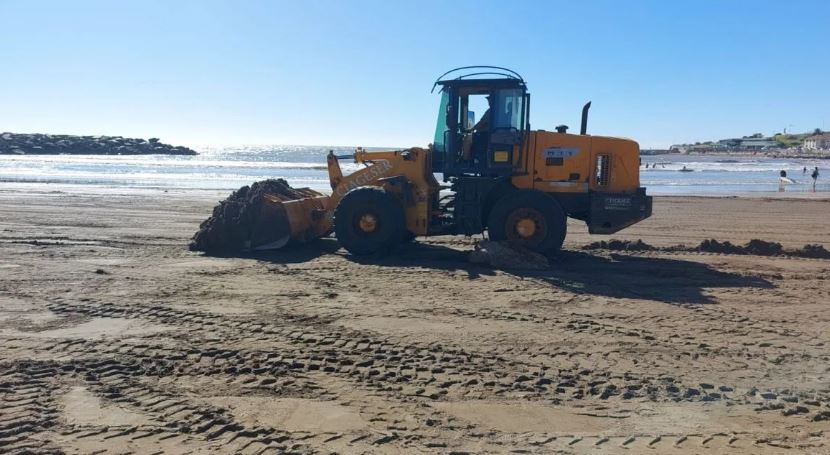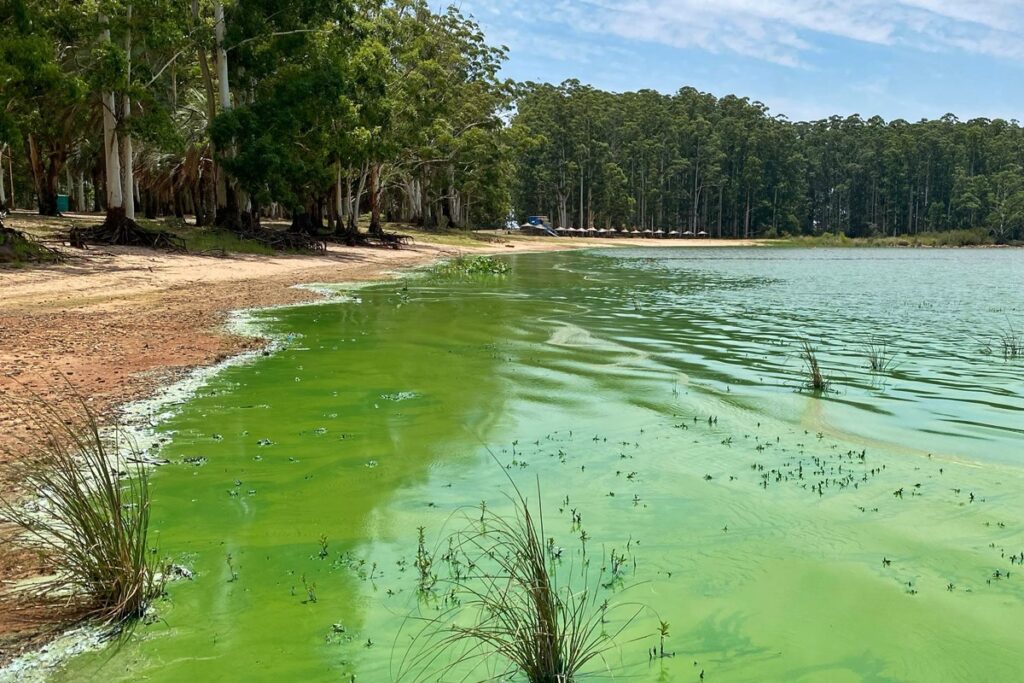In Mar del Plata in recent weeks, they used mechanical shovels to remove the enormous amount of accumulated algae on Varese Beach. The excess was the result of a phenomenon in the sea known as beaching.
Experts from the National Institute of Fisheries Research and Development (Inidep) stated that it does not pose any type of health risk, to provide reassurance.

Excess of accumulated algae on the beach in Mar del Plata: what happened
According to authorities, the only effect it has on land is the discomfort for bathers, both in the water and on the shore.
In addition, the subsequent decomposition process generates a strong odor.
From Inidep, it was explained that these beachings are related to the dynamics of the sea and its currents. Due to swells, detachments of these plants, which live on the seabed or in contact with rocks, occur. This way, they are dragged and driven towards the coast, where they accumulate.
The difference with the “verdín” in Entre Ríos
A few weeks ago, “verdín” appeared in Entre Ríos. It is actually cyanobacteria, which are seen on the shores of the Uruguay River.
In response, the municipality announced on Sunday that it is possible to enjoy normally on the beaches of Concepción del Uruguay, although caution is recommended at Banco Pelay.
In this resort, a black and yellow flag was placed to indicate caution.
 The case of “verdín” in Entre Ríos.
The case of “verdín” in Entre Ríos.
“Verdín” occurs when microscopic algae from the aquatic system experience accelerated growth. This causes them to accumulate in quiet water areas and become very visible, tinting the water a intense green color.
According to the Administrative Commission of the Uruguay River (CARU), more than 50% of the blooms of cyanobacteria are toxic. Both for animals and humans, they can affect the skin, mucous membranes, nervous, digestive, and renal systems.
For this reason, it was emphasized that symptoms may appear if there has been contact with these bacteria in the water. These include:
- Headache
- Digestive discomfort
- Nausea and dizziness
- Irritations on the skin and eyes
- Inflammation in ears, nose, and throat
- Dry cough
- Pneumonia
- Severe liver damage
It is recommended to follow the signs indicating the water quality at the beaches and avoid entering.
Do you already know our YouTube channel? Subscribe!

